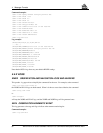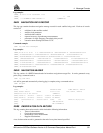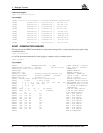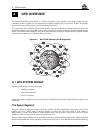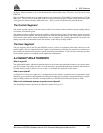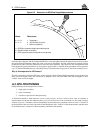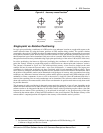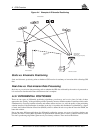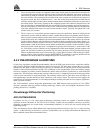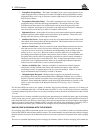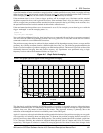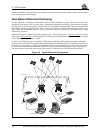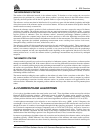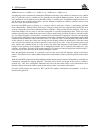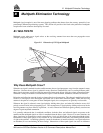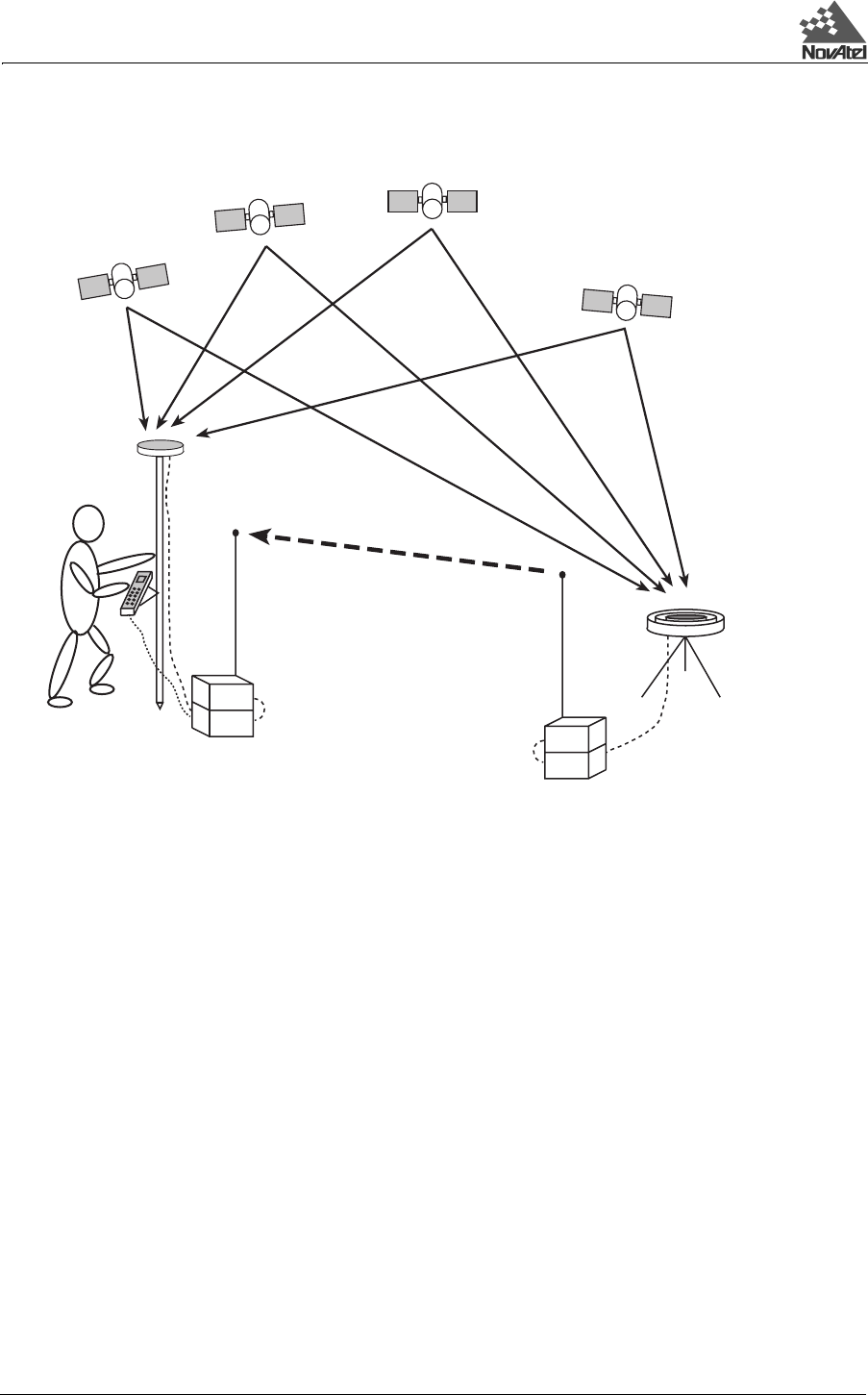
A GPS Overview
66 MiLLennium GPSCard Software Version 4.50 Command Descriptions Manual Rev 1
Figure A-4 Example of Differential Positioning
Static vs. Kinematic Positioning
Static and kinematic positioning refer to whether a GPS receiver is stationary or in motion while collecting GPS
data.
Real-time vs. Post-mission Data Processing
Real-time or post-mission data processing refer to whether the GPS data collected by the receiver is processed as
it is received or after the entire data-collection session is complete.
A.3.1 DIFFERENTIAL POSITIONING
There are two types of differential positioning algorithms: pseudorange and carrier phase. In both of these
approaches, the “quality” of the positioning solution generally increases with the number of satellites which can be
simultaneously viewed by both the reference and remote station receivers. As well, the quality of the positioning
solution increases if the distribution of satellites in the sky is favorable; this distribution is quantified by a figure
of merit, the Position Dilution of Precision (PDOP), which is defined in such a way that the lower the PDOP, the
better the solution.
Due to the many different applications for differential positioning systems, two types of position solutions are
possible. NovAtel’s carrier-phase algorithms can generate both matched and low-latency position solutions, while
NovAtel’s pseudorange algorithms generate only low-latency solutions. These are described below:
Remote station
GPS antenna
Reference station
Radio
TX
GPS
RX
Radio
RX
GPS
RX
Differential
data
GPS satellites
GPS antenna
(shown with
choke-ring ground plane)
User with hand-held
computer



